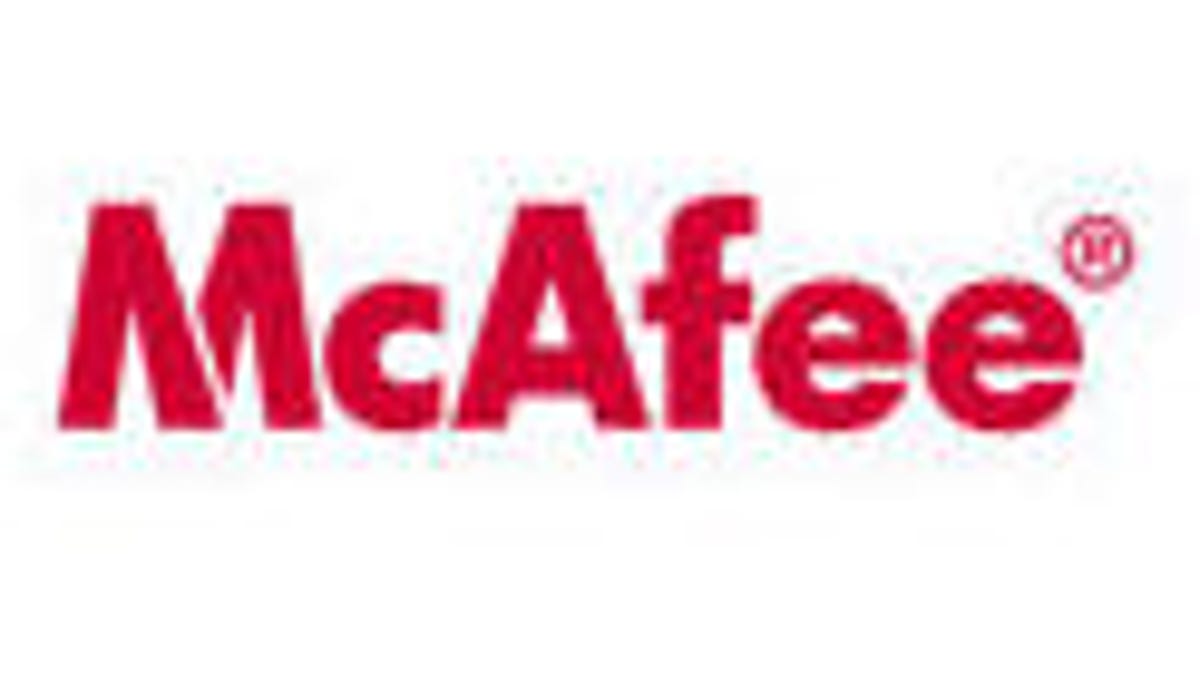McAfee reports on spam in the real world
For 30 days, volunteers worldwide surfed the Net using pristine laptops and a brand-new domain--and scooped up 100,000 pieces of spam in the process.

Taking a cue from Morgan Spurlock who lived on fast food for 30 days in the Super Size Me documentary, McAfee gathered volunteers from around the world who would, for one hour a day, surf the Internet, signing up for various newsletters, filling in various forms. As they did so, the participants were asked to blog about their experiences.
On Tuesday, McAfee released the results of the experiment it called S.P.A.M., or Spammed Persistently All Month.
Over the course of the month, McAfee's test subjects accumulated 104,000 spam messages, or roughly 70 per day per recipient. Put another way, 87 percent of all the e-mail captured on the test laptops was considered to be spam. That isn't too surprising.
What is surprising, according to Dave Marcus, director of security research and communications for McAfee Avert Labs, is the amount of foreign language spam, with Germany and France having the highest percentage of local language spam.
Other findings include:
Men received more spam than women (76.6 per day vs. 60.6 per day).
The United States received more total spam, followed by Brazil and Italy.
Nigerian scam e-mails are more popular in the United Kingdom than in the United States.
What's also interesting, at least to me, is that the McAfee results were similar to results released by Symantec. McAfee used about 50 real-world participants while Symantec used its DeepThreat Network of thousands of computers worldwide.
You can hear more of Dave Marcus' observations on the McAfee results in this week's Security Bite's podcast.

